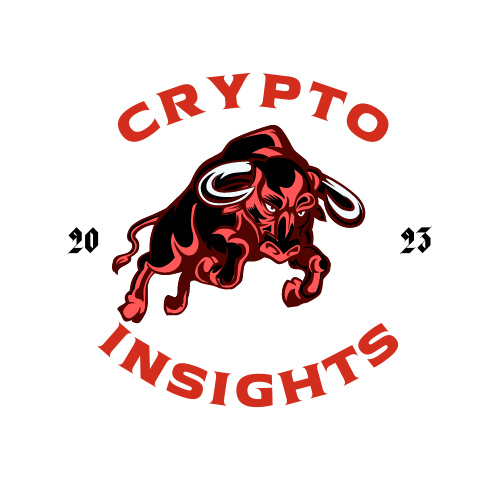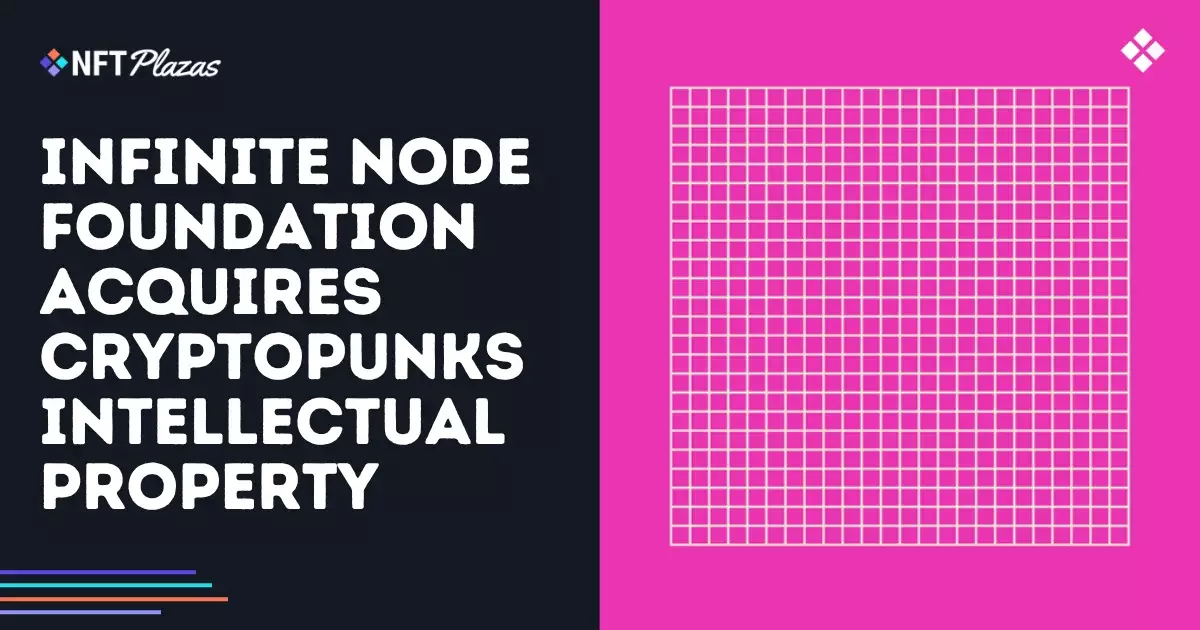In a stunning move that could reshape the future of digital art, the newly established Infinite Node Foundation (NODE) has acquired the intellectual property rights to the groundbreaking NFT collection known as CryptoPunks. This hefty $25 million investment signifies not just an acquisition, but a profound shift in the governance of what has become a cultural staple in the NFT realm. By transitioning from private ownership to a nonprofit model, NODE intends to prioritize preservation and public accessibility over the rampant commercialization that has often overshadowed the NFT industry.
Gone are the days of exclusive ownership and steep market prices dictated by the whims of collectors. The stakes have significantly changed. In a landscape that frequently suffers from speculation and overpriced assets, this ambitious venture has the potential to recast the narrative around digital collectibles, steering the focus back to their artistic value and cultural significance.
NODE: A Visionary Approach to Digital Art Preservation
Founded by prominent figures like Micky Malka and Becky Kleiner, NODE distinguishes itself as one of the best-funded digital art nonprofits in the United States. Their mission prioritizes the preservation, study, and exhibition of digital artworks, particularly those linked to blockchain technology. The organization’s plans for a permanent facility in Palo Alto serve as a statement of intent: a dedicated space designed not just for viewing, but for fostering technological engagement and scholarly discourse.
By instituting a full Ethereum node, NODE underscores its commitment to maintaining the infrastructure that enables these digital artworks to exist. This isn’t merely a preservation effort; it’s an ambitious attempt to solidify the relationship between technology and art, emphasizing that both can coexist harmoniously.
Tokenizing Community and Artistic Integrity
What’s compelling about NODE’s governance structure is its advisory board, which comprises key figures from the CryptoPunks ecosystem and the broader digital art community. This conglomerate of innovators—Matt Hall and John Watkinson from Larva Labs, Wylie Aronow of Yuga Labs, and Erick Calderon from Art Blocks—brings a wealth of experience and credibility to the initiative. Their involvement suggests that NODE is committed to honoring the original spirit of the CryptoPunks while also pushing the boundaries of what digital art can become in a community-centric format.
This structure signals a rejection of the commercialization wave that has suffocated art by prioritizing profit margins over cultural relevance. With Natalie Stone, a respected contributor to the CryptoPunks community, serving as a consultant, NODE aims to keep the essence of these digital icons intact while nurturing their legacy through educational outreach and community engagement.
The Shift from Profit to Purpose
The transfer of rights from Yuga Labs back to a nonprofit entity is symbolic of a larger trend in the NFT world: the fight for the principles of decentralization and community ownership. With Yuga Labs’ previous acquisition of CryptoPunks from Larva Labs, there was an underlying fear that commercial motives would dilute the integrity of these digital assets. However, by placing control in the hands of a nonprofit organization like NODE, there is a renewed focus on preserving the original intent behind CryptoPunks—an embodiment of digital permanence and community interaction.
As Malka aptly stated, “CryptoPunks sparked a cultural movement that blended code, community, and commerce.” Indeed, this moment serves as a crucial reminder that art should remain a shared experience rather than an exclusive commodity. By ensuring that CryptoPunks remain decentralized and accessible, NODE is not only honoring its legacy; it is also representing a pivotal moment in the ongoing dialogue about the future of digital art.
A New Avenue for Engagement and Growth
NODE’s emphasis on community engagement and recontextualizing CryptoPunks within the broader spectrum of digital and contemporary art is commendable. By aiming for “museum-grade conservation,” they are not merely aiming to preserve these pieces in a vacuum; instead, they are setting the stage for dialogues on the historical significance of NFTs and blockchain technology in contemporary art.
Moreover, in a time when skepticism about digital assets is rampant, NODE’s initiative could foster greater public trust and interest in the NFT space. This proactive approach towards engagement may debunk myths and invite a more diverse audience to appreciate and participate in the evolving landscape of digital collectibles.
As we stand at the intersection of technology and art, the strategy laid out by NODE could set a precedent for future nonprofit engagements within this vibrant yet volatile market. This is not merely about NFTs; it’s about ensuring that the narrative remains enriched, inclusive, and vibrant for generations to come.

